
Moles are common growths on people’s skin that can have different color. They may start to appear in childhood and until an individual reaches adulthood he or she may have 10 to 40 moles.
Moles consist of cells known as melanocytes that are responsible for the pigment of the mole. Moles can be flesh-colored, brown, black or pink. Over the years, moles can change color and size. During pregnancy, moles can also enlarge or darken and new ones can appear as well.
Moles are normally benign (non-cancerous) growths. However, any alteration in the color, height, size or shape of the mole is generally of medical concern. In case you notice something like that you should be checked by a dermatologist. It is important to check the moles if they become swollen, inflamed, itchy, painful, or start to bleed. Such moles may be cancerous and result in malignant melanoma.
Painful Mole
Painful mole may occur due to several reasons. Painful mole may be a symptom of melanoma, the most dangerous type of skin cancer. Such mole may have irregular borders, more than one color and appear asymmetric. Melanoma represents malignant tumor of melanocytes. Fortunately, melanoma rarely occurs.
Another cause of painful mole can be shaving. Hair can develop on some moles. If someone shaves the hairs on the mole, this may injure the mole and cause the pain. Also, someone may remove the hair with tweezers and this may result in inflammation followed by pain. You shouldn’t remove the hair on moles on your own but ask a professional to do it.
Excessive exposure to the sun and sunburns on area of the skin where you have the mole can also cause the pain.
Painful moles should be removed in order to prevent it from becoming cancerous.
Painful Mole Diagnosis
If you detect any changes in your mole or experience pain because of the mole, you will have to inform your dermatologist. Characteristics of the mole will be firstly checked. That includes bleeding, itching, alteration in color and in borders of the mole. Dermatologist will have to take biopsy sample of the mole and histologically exam it. Before biopsy, doctor may suggest dermascopy test to rule out atypical moles which means that biopsy will not be necessary. Dermascopy is simple and painless test.
There are several types of biopsy. An excision biopsy includes removal of the mole from the skin. It is performed under local anesthesia. Dermatologist will decide for this type of biopsy if suspects the mole is cancerous. Another type is laser biopsy that is usually performed under local anesthesia. It is used when moles are entangled with blood vessels. Punch biopsy is done local anesthetic too. In this procedure, small portion of skin surrounding the mole is removed along with the mole. Shave biopsy is performed for raised moles when skin cancer isn’t suspected.



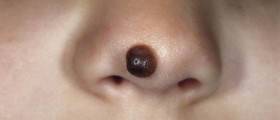
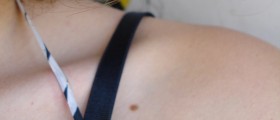
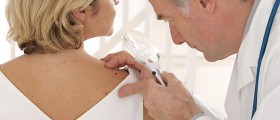
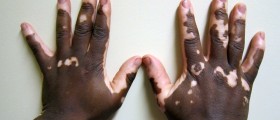
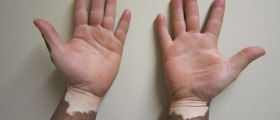









Your thoughts on this
Loading...